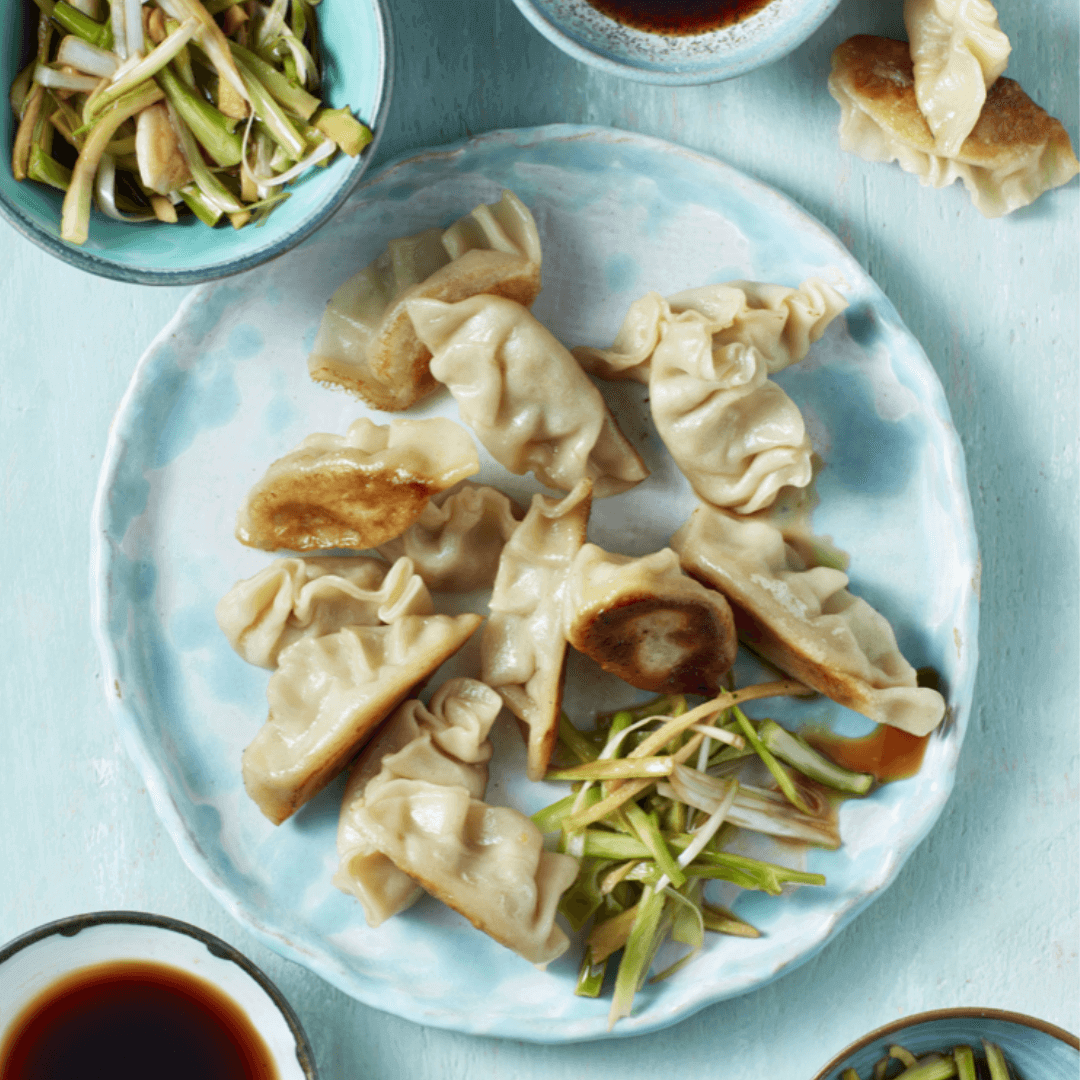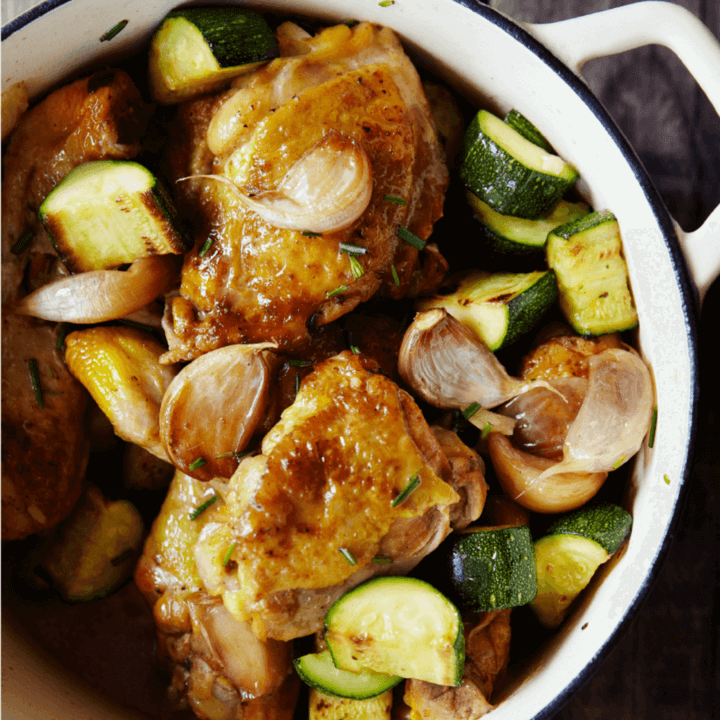
Fig & Lentil Salad from Virtually Vegan
Summer and salad go hand-in-hand and this offering from Heather Whinney’s Virtually Vegan is a fresh, sweet, figgy take on a summertime staple. Complete with a harissa
You will also come across white and purple-tinged asparagus. Usually eaten as an appetizer – served warm with melted butter, vinaigrette or hollandaise sauce – the cooked spears are also a wonderful addition to salads, tarts, layered terrines, risottos, pasta and even scrambled eggs. They make an attractive and delicious topping for canapés, such as bruschetta and crostini, too.
Asparagus is best eaten on the day it is picked, so it is ideal if you can grow your own or buy it locally from somewhere you know it has been freshly picked. Farm shops are often a good source. Imported asparagus can be tough and lacking in flavour. Look for firm green spears with
tightly packed buds, and avoid any that are withered or beginning to brown.
Preparing and Cooking Asparagus
Asparagus spears can be cooked in numerous ways, but the simplest method is to cook them in simmering water until just tender. They can then be eaten with your fingers, accompanied by a dip of melted butter or hollandaise sauce.
Some cooks recommend using an asparagus steamer to cook the spears. This is a tall pan with a basket inside to hold the spears upright, so that when the pan is filled with boiling water, the stalks cook in the water, while the delicate tips steam above it. However, it is just as effective to cook asparagus lying flat in a frying pan containing about 2.5cm/1in of simmering water. Cooking time will depend on the thickness of the spears. If they are thin and delicate, they will become tender in a couple of minutes, while thicker stems may need 6–8 minutes. The best way to test if asparagus is cooked is to lift a spear out with a fish slice and take a bite. It should be tender and juicy, but not soft. To prepare asparagus, rinse lightly under cold running water, then snap off the end of each stem – it should pop and break just where the stem ceases to be woody and becomes tender. Pour about 2.5cm/1in water into a large frying pan and bring to the boil. Arrange the asparagus in the pan in a single layer and cook over a gentle-medium heat until tender. Then carefully lift out of the pan using a fish slice or spatula and pat dry on kitchen paper before serving.
Sign up for our newsletter to get our news and updates straight to your inbox every month.
Susannah Blake
SEASONAL FOOD

Summer and salad go hand-in-hand and this offering from Heather Whinney’s Virtually Vegan is a fresh, sweet, figgy take on a summertime staple. Complete with a harissa

Too Good to Waste by Victoria Glass is THE guide to getting the very most out of your food, in the most delicious way possible! So much

Today we’re sharing a much coveted Real Bread: Slow Dough recipe – Cinnamon and Hazelnut Knots! These sweet knots are beloved all over Scandinavia, whip

We’re gearing up for the publication of French Countryside Cooking by Daniel Galmiche, coming your way on May 14th (pre-order your copy right here)! To celebrate, we’re sharing

Watkins Media Limited
Shepperton House unit 11
89 Shepperton Road
London, England
N1 3DF

Watkins Media Limited
Shepperton House unit 11
89 Shepperton Road
London, England
N1 3DF